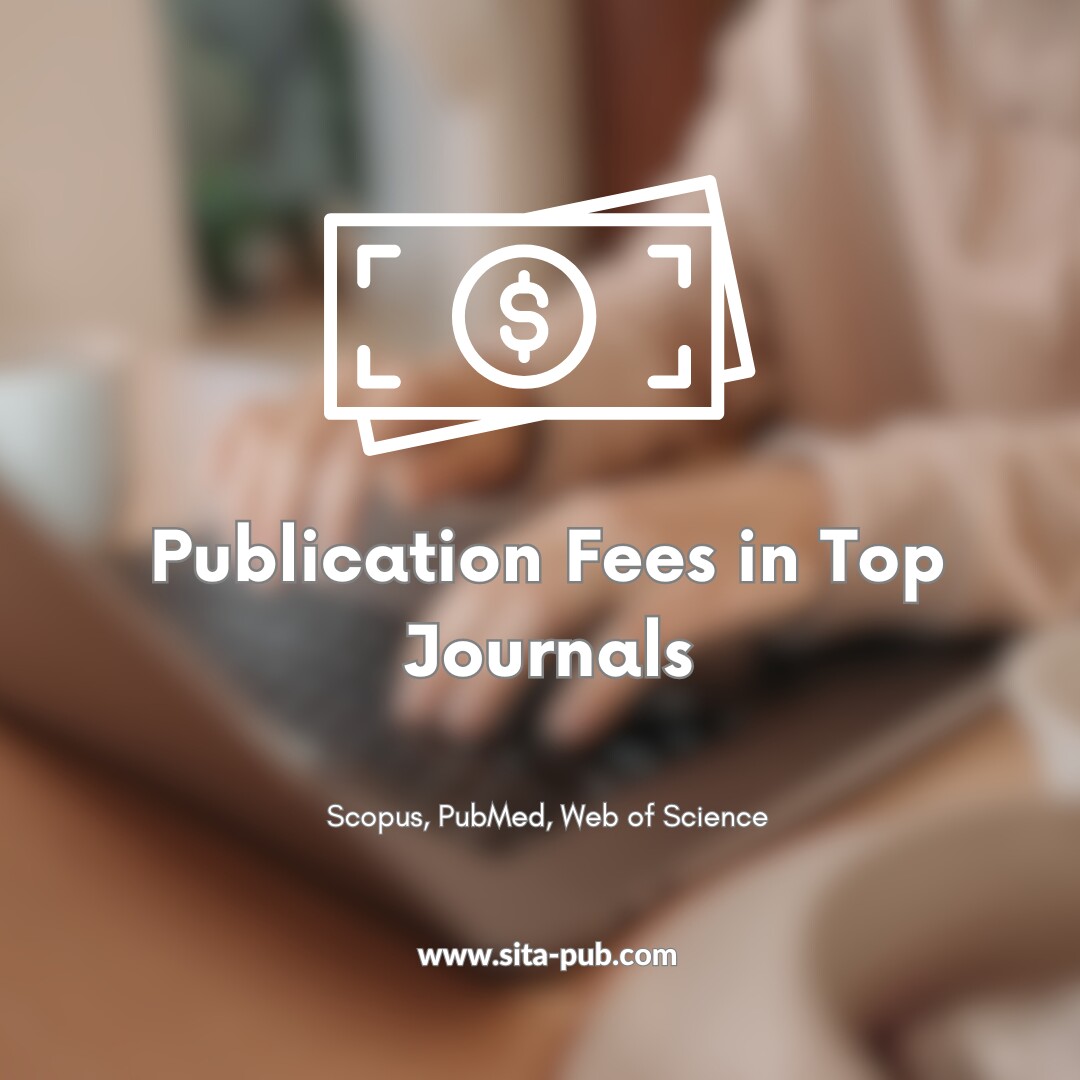Publication Fees in Top Journals


Publishing in top journals is a common goal for researchers. These publications are seen as the gold standard, signifying the quality and importance of the research they contain. They're often the first place researchers look for discoveries and can significantly advance a researcher's career. However, publishing in these prestigious journals can come with hidden costs, particularly publication fees.
Reputable databases like Scopus, PubMed, and Web of Science usually list "top journals." These databases help researchers find and evaluate scholarly work. They provide a standardized system for judging the quality and impact of research. Essentially, they act as gatekeepers, ensuring only the most rigorous and influential research gets included.

A multidisciplinary database that indexes over 70 million records from over 24,000 journals. It covers multiple subjects, from science and technology to the social sciences and humanities. Scopus is known for its comprehensive coverage of research worldwide, making it a valuable resource for researchers looking to stay up-to-date on the latest developments in their field.
A biomedical database that indexes over 33 million citations for biomedical literature from MEDLINE, life science journals, and online books. It is an essential resource for researchers in the fields of medicine, health, and biology. PubMed is particularly valuable for its focus on biomedical research, providing researchers with access to a vast collection of articles, clinical trials, and other relevant resources.
A multidisciplinary database that indexes over 50 million records from over 20,000 journals, covering science, technology, social sciences, arts, and humanities. It is known for its comprehensive coverage of high-quality research publications. Web of Science is particularly valuable for its focus on high-impact research, providing researchers with access to a collection of journals that are highly regarded in their respective fields.
Researchers have several options when it comes to publishing in top journals:
These journals are typically funded through subscriptions from institutions or individuals. Access to their content is often restricted to those who pay for subscriptions. While these journals may not charge authors directly for publication, the cost is ultimately borne by the subscribing institutions or individuals.
This model has dominated for decades, but it has faced growing criticism for its lack of accessibility and its potential to limit the reach of research. Critics argue that the subscription model creates barriers for researchers who lack access to institutional subscriptions and limits the dissemination of research to a smaller audience.
These journals make their content freely available to everyone, without any financial barriers. This means that anyone with an internet connection can access and read the research, regardless of their affiliation or financial status.
This model has gained significant traction in recent years, driven by the growing demand for open access to research and the increasing recognition of its benefits for knowledge dissemination and innovation. However, open-access journals often charge authors a fee known as an Article Processing Charge (APC). Open-access journals have been praised for their ability to make research more widely available, promoting collaboration and innovation.
APCs are fees paid by authors to cover the costs of publishing their research in open-access journals. These fees can vary significantly depending on the journal and its impact factor. For example, some journals may charge a few hundred dollars, while others may charge several thousand dollars. The cost of APCs can be a significant barrier for researchers, particularly those who are working on a limited budget.

Open-access journals need to cover the costs of publishing, editing, peer review, and making the research freely available online. APCs help offset these costs, ensuring the sustainability of the open-access model.
This is particularly important for journals that do not receive funding from subscriptions or other sources. The costs associated with open-access publishing, such as peer review, editorial work, and online hosting, can be substantial. APCs provide a way for journals to cover these costs while maintaining their commitment to open access.
Yes, many journals without APCs are highly reputable and indexed in top databases like Scopus, PubMed, and Web of Science. It's important to evaluate the journal's impact factor, editorial board, and peer-review process to ensure its credibility.
A journal's reputation is built on its commitment to rigorous peer review, its editorial standards, and its impact on the research community. While the absence of APCs does not automatically guarantee a journal's credibility, it is important to consider other factors, such as the journal's impact factor, editorial board, and peer-review process, to ensure that it meets the standards of quality and rigor.
Finding reputable open-access journals without APCs can be tough. SITA Academy Publication Support Services can help. They offer a comprehensive list of Scopus-indexed open-access journals that don't charge APCs.
Their experts can guide you to suitable, high-impact, peer-reviewed journals and provide support services like manuscript formatting and submission assistance in the publication process. SITA Academy can be a valuable resource for researchers looking to publish in reputable open-access journals without the burden of APCs.
Don't let publication fees hinder your research journey.
If you have any questions, inquiries, or would like to learn more about our services, please don't hesitate to reach out to us. Our dedicated team is ready to assist you.